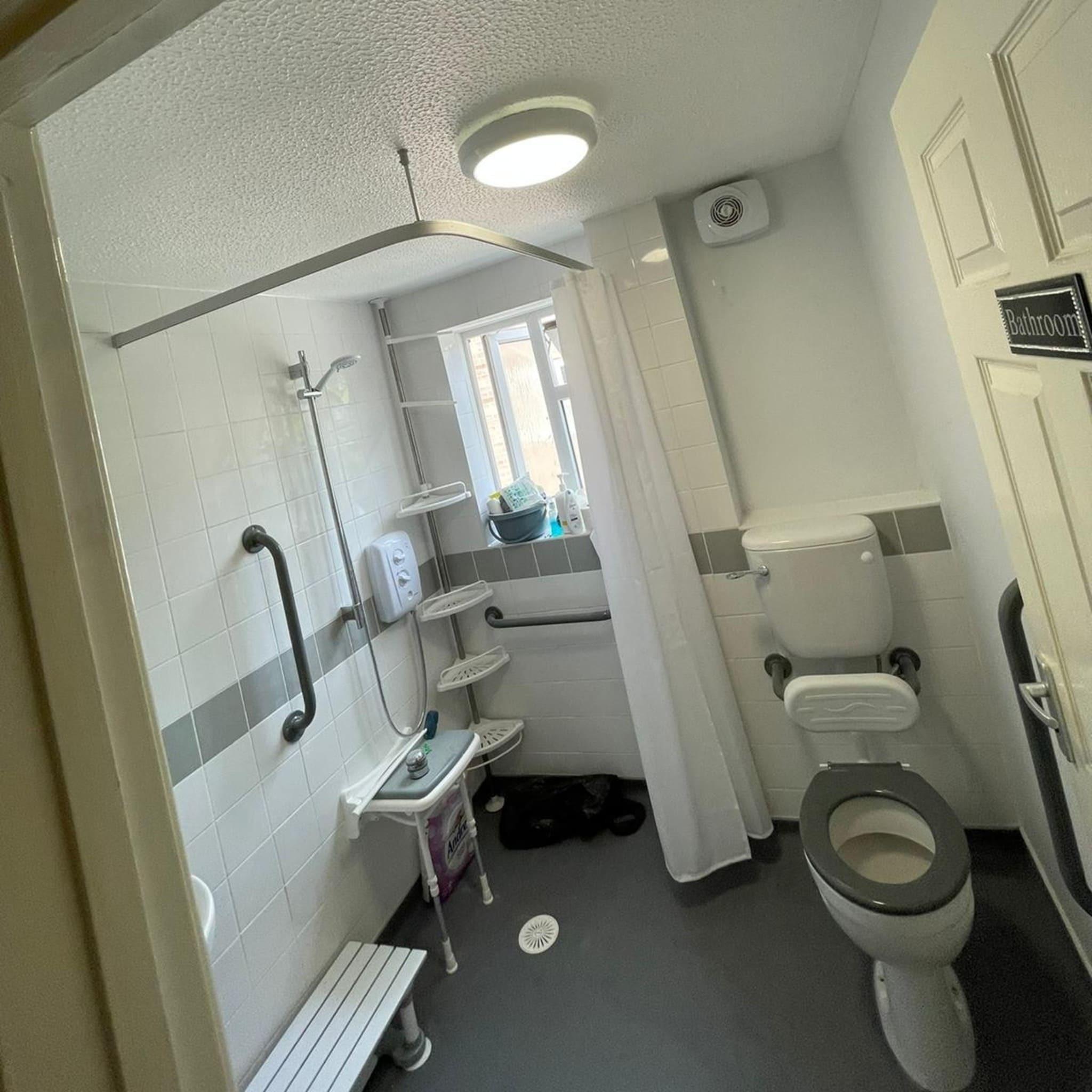6 Smart Bathroom Adaptations for Disabled Individuals That Boost Independence
Having bathroom adaptations for disabled individuals can be revitalising and important, not only for independence and dignity but also for safety.
Bathroom adaptations for disabled individuals can be fulfilling in so many different ways, and with different types of adaptations, it’s important to recognise what might be the most suitable for the needs. So here is a list of six bathroom adaptations for disabled individuals that can boost independence!
1.Walk-in Showers With Low-level Access
When developing bathroom adaptations for disabled individuals, it’s important to assess why the traditional tools are generally unsuitable for certain needs. Traditional showers and bathtubs typically have a high step and can be a major risk for those with decreased mobility.
Using a walk-in shower and having a low-level access means that features such as non-slip trays, hand-held showerheads, and fold-away seats can be fitted. This lowers the risk of falling and reduces the strain of getting in and out of the shower. The reduction of strain enables further autonomy and can be essential for those struggling with their mobility.
2.Non-slip Flooring
Swapping out the regular flooring for non-slip flooring can be a subtle yet effective way to adapt a bathroom for disabled individuals. Wet floors are one of the biggest hazards in a bathroom, especially for those with mobility issues. These bathroom adaptations for disabled individuals can avoid any potential risks in a bathroom and allow for a safe and independent use of the bathroom.
With many options, including vinyl safety flooring, textured flooring, and rubber flooring, your bathroom floor can remain stylish and aesthetic while ensuring safety.
3.Grab Rails And Support Bars
Grab rails and support bars can be essential for stability and comfort when moving around, standing, and sitting. These can offer a helping hand for those with mobility issues to build confidence in using the bathroom alone.
These grab rails can be placed near the showers, toilet, or sink to create a controlled environment and minimise the risk of accidents. Support bars or grab rails can have a range of styles to support your specific needs: fixed, angled, or fold-up.
4.Raised Toilet/Toilet Frames
A raised toilet can be a major boost for individuals struggling with confidence in the bathroom. A regular toilet can be a strain on knees and hips, and almost impossible to use with severe mobility issues.
Investing in raised toilet/ toilet frames can reduce the strain on legs while also making it easier to transfer from a wheelchair. This small difference can make a bathroom more comfortable for anyone with mobility issues and offer a confident outlook on using bathroom facilities.
5.Lever-style Taps And Easy-use Controls
This is a subtle change, but it can make a huge difference for individuals with disabilities when using the bathroom. For those who suffer from limited hand strength or conditions such as arthritis, a twist tap can be a genuinely difficult task. Swapping these for lever taps with thermostatic controls can boost confidence and be added to the list of smart bathroom adaptations for disabled individuals. With anti-scalding, they serve a safety purpose by preventing burns and accidents.
6.Pull Cords
Our final option on our list of bathroom adaptations for disabled individuals is pull cords which are a great measure in regard to safety purposes, connecting to an alarm that connects to the necessary individuals and allows them to respond quickly.
Supporting Clients, Including Bathroom Adaptations for Disabled Individuals
At Kendall FM, we support a variety of clients, including disabled individuals, and if you’re looking for extra support on any bathroom adaptations for disabled individuals, we are ready and prepared to help.
For more information on home adaptations for disabled people, don’t hesitate to contact us and get the top Colchester builders on the case.

